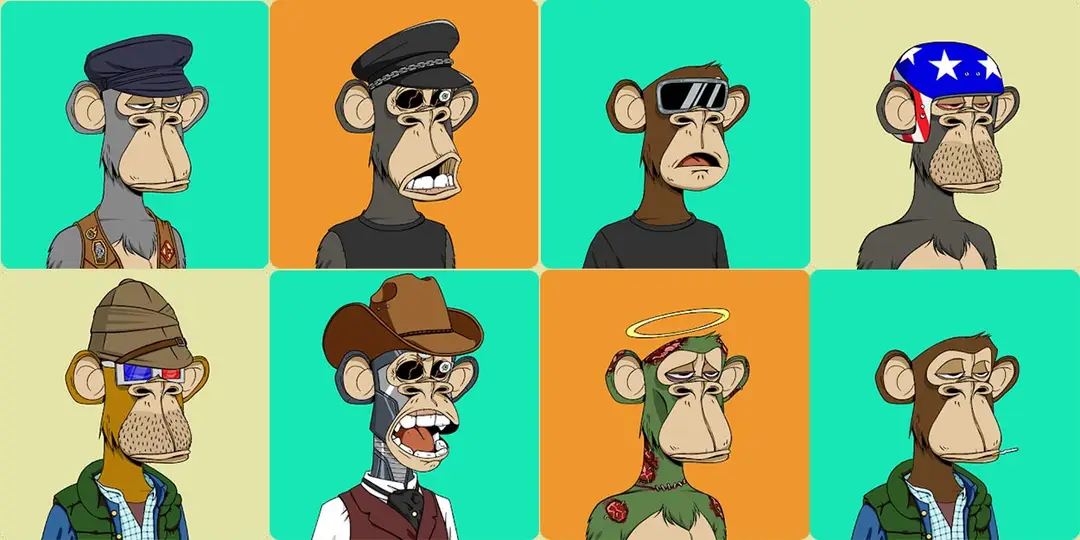Welcome to the world of Web3, where cryptocurrencies, blockchain, and a unique culture converge. Entering the world of Web3 can be both thrilling and overwhelming, especially when faced with the seemingly cryptic language used by enthusiasts. Don't worry if you feel they sound like some secret codes, we are here to unravel their meaning. In this article, we are going to introduce [NFT].
At its core, an NFT is a type of digital asset that represents ownership or proof of authenticity of a unique item or piece of content using blockchain technology. Unlike cryptocurrencies such as Bitcoin or traditional money, which are fungible, meaning each unit is the same as every other unit, an NFT is one-of-a-kind. This non-fungibility adds a layer of exclusivity and value to digital items, ranging from art and music to collectibles and even virtual real estate.
NFTs are typically built on blockchain platforms that support smart contracts, like Ethereum. A smart contract is a self-executing contract with the terms of the agreement directly written into code. When an NFT is created, or "minted," through these smart contracts, it is assigned a unique identifier that distinguishes it from other tokens. This identifier, along with metadata, ownership details, and transaction history, is stored on the blockchain, ensuring the NFT's authenticity and provenance.
The Significance of NFTs in Web3
The rise of NFTs signals a significant shift in how we perceive ownership and value in the digital domain. In Web3, the decentralized web, NFTs offer a way to assert rights over digital assets in a way that was previously impossible. Key implications include:
●Digital Ownership: NFTs enable true ownership of digital assets, allowing creators to sell their work directly to consumers without intermediaries.
●Provenance: The blockchain records every transaction involving an NFT, providing a transparent history of ownership and ensuring the asset's authenticity.
●Interoperability: NFTs can be bought, sold, and traded across different platforms and marketplaces, thanks to the standardized protocols on which they're built.
The concept of NFTs has been around since the early days of blockchain technology, but they entered the spotlight with the launch of CryptoKitties in 2017, a blockchain-based game where players could purchase, collect, breed, and sell virtual cats as NFTs. The popularity of CryptoKitties demonstrated the potential for NFTs to represent digital collectibles, paving the way for artists, musicians, and creators from various domains to explore this new digital frontier.
Examples of NFTs in Action
Artists can mint their digital artwork as NFTs, allowing them to sell their pieces as unique digital assets. Buyers own a verified piece of digital art, often with exclusive viewing or usage rights.
Musicians and filmmakers use NFTs to sell exclusive content, albums, or experiences to their fans, providing a new revenue stream beyond traditional sales and streaming.
From virtual trading cards to in-game items, NFTs have transformed digital collectibles and gaming items into tradeable assets with real-world value.
NFTs represent a groundbreaking evolution in the digital space, offering a new paradigm for ownership, creation, and exchange of digital assets. By harnessing the power of blockchain technology, NFTs provide a secure, transparent framework for authenticating and trading digital works, changing the landscape of digital art, entertainment, and beyond. For those embarking on their Web3 journey, understanding NFTs is not just about grasping a technological innovation but about envisioning a future where digital and physical realities converge in exciting and unpredictable ways.
